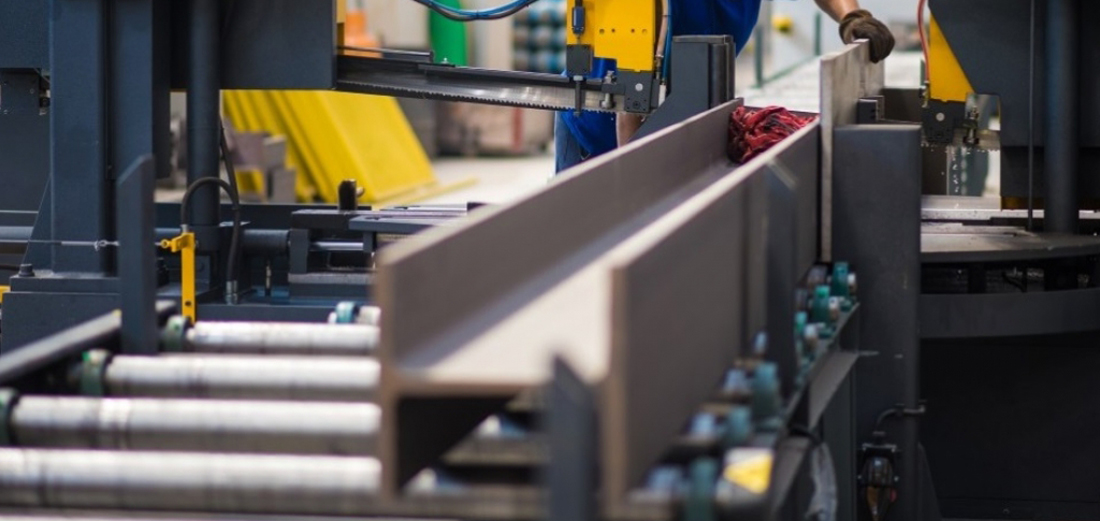Blades Binding in Structural Steel
- 25-11-2019
- Matthew Denny

Structural steels are more abusive to bandsaw blades than any other metal sawing application. Paying careful attention to band and tooth set selection, along with use of optimal band speed, feed rate and coolant, can significantly minimise blade wear.
The challenges
Band sawing I-beams, square tube, round tube, angles and channel presents unique challenges for bandsaw blades. With a combination of flat surface areas and vertical walls, these materials would ideally require substantially different tooth pitches to be cut effectively. In addition to this, as structural sections are cut, the changes in the material tension can cause the cut to close up and bind on the saw blade band.
How to minimise Blade Binding
The ideal solution to these problems is a blade that benefits from wider set teeth to create a larger kerf. Tooth geometry, including rake angle, clearance angle, and gullet depth, are optimised to create a larger cutting channel which helps to prevent the blade binding without compromising on blade strength.

Blade Selection
There are several options on the market today such as the GoldCut Beam-Master blade which have been specifically designed for structural steel applications, using a unique tooth design for efficient cutting of larger structural shapes such as I-beam, angle and thick wall tubing. The Beam-Master blade uses bi-alfa cobalt and is produced with a HSS M42 cutting edge. The tooth profile delivers aggressive cutting performance while resisting tooth strippage and blade damage by creating a larger kerf.
Watch out for our 2020 Catalogue landing early in the new year ; this will include a comprehensive list of Bandsaw Blades available from our large stock for Next Day Delivery!
Updated article. This post was previously published in November 2016

